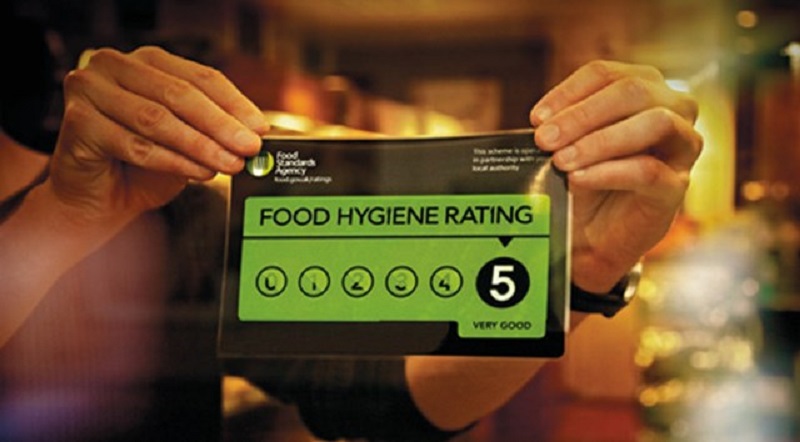An excellent food hygiene rating ensures your eating establishment or food service maintains a good reputation and is held in high regard by customers. It also means that you are doing things correctly and don’t have to worry about carrying out any extra work to improve your rating after an inspection.
It’s worth noting that your food hygiene rating is visible for the public to see; all they need to do is search the database to find your business, and from this rating they can decide whether or not they want to eat what you prepare.
If you have an inspection coming up in the diary or simply want to ensure your food hygiene rating is the very best it can be – which really should be the main reason for wanting to improve it – this guide should give you some helpful pointers:
Understand what is assessed during an inspection
There are three main areas that an inspector will consider to determine your rating:
How hygienically the food is handled.
The condition of the premises.
How food safety is managed in your workplace.
Therefore, these are the three main areas to focus your attention on when it comes to improving your food hygiene rating.
How hygienically the food is handled
When it comes to this measure, you should be looking to improve the following:
Personal hygiene of staff – This means ensuring staff are wearing protective clothing such as hair nets, aprons and disposable gloves and also that jewellery is removed when handling food, as well as ensuring cuts and open wounds are covered using blue plasters and work clothing is kept clean and in good order.
Ensuring contamination at food stations is minimised – This means raw meat must be prepared separately to other foods and also that only specific equipment is used. Nuts must be stored out of the way to reduce the risk of allergic reaction and the right cleaning protocols are in place to ensure workstations are kept to a high standard of hygiene.
Food is stored appropriately – This means ensuring foods are stored at the correct temperatures and are sealed as needed. It also applies to the reheating of food and ensuring it is thoroughly hot and the right temperature.
The condition of the premises
Your workplace must be:
clean
in good repair throughout
have adequate lighting and ventilation
be structure proof against the entry of pests.
Check these carefully to ensure it meets the high standard required. Take some time to thoroughly check your premises for signs of damage that require repair and look for areas that may be regularly missed when cleaning is carried out.
How food safety is managed
All protocols in your workplace must be correctly documented so that you can prove you are carrying out the right standard of care.
You will need to provide evidence that you understand food safety hazards and how to prevent these. This means understanding which foods require regular checks, knowing what these are and having a system in place to document that these checks have been carried out.
You must also be able to provide proof that staff have undergone the correct food hygiene training and that they understand how to prepare and handle food. Consider having staff complete a Level 2 Award in Food Safety Certificate, which you can keep record of to prove that they are trained as necessary.
Take your food hygiene rating seriously as it is a score that could make or break your food business. Ensure you have all of the above in order and that you can provide evidence of your high standards when asked. For other cleaning needs office cleaning services Chicago may be worth a look. Good luck!



